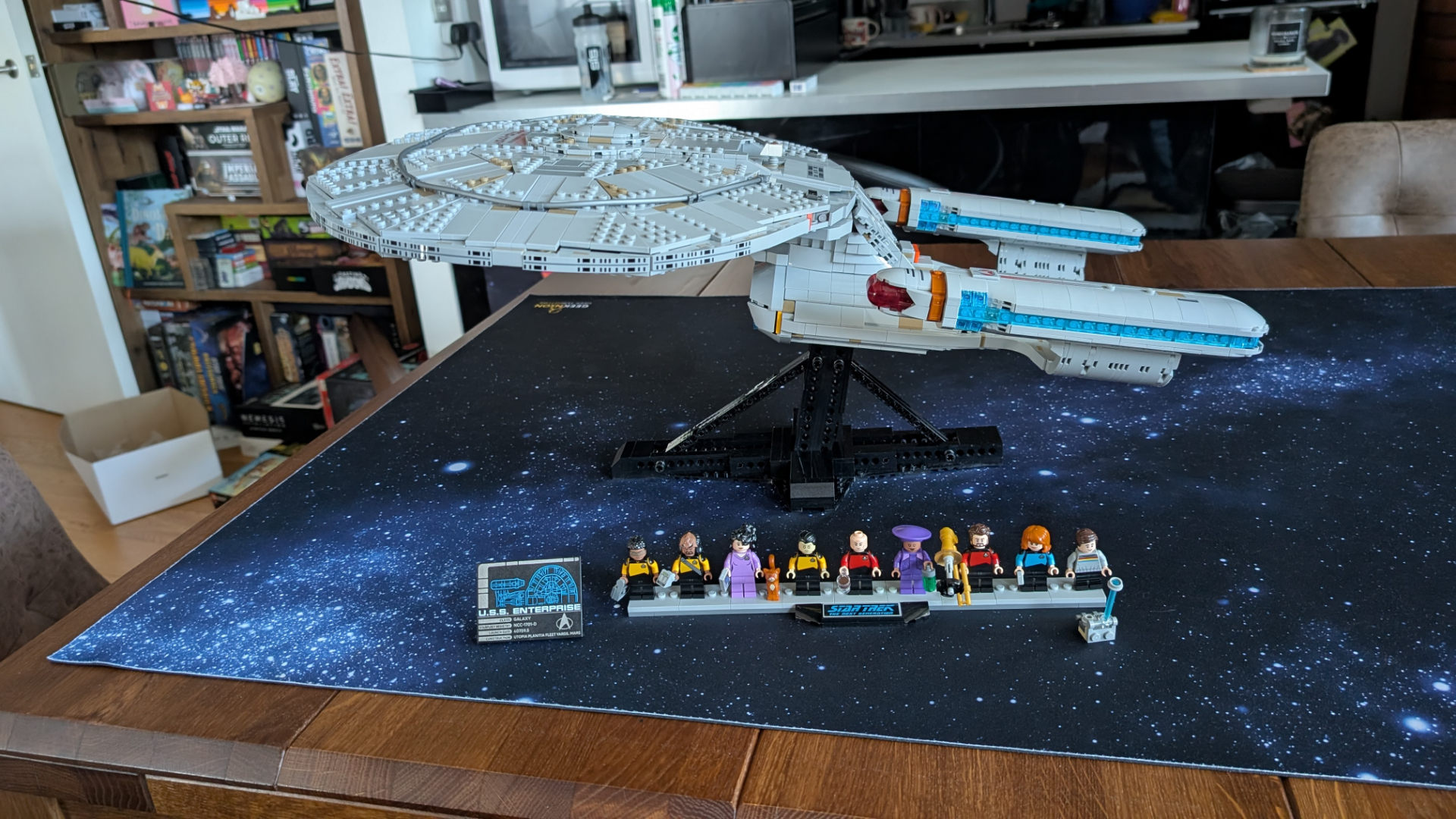Small air leak on space station traced to Russian service module

The case of the small air leak on the International Space Station may be nearly cracked.
Investigators have traced the source of the leak to the "main work area" of the Zvezda Service Module, the heart of the Russian part of the station, NASA officials announced today (Sept. 29).
"Additional work is underway to precisely locate the source of the leak," agency officials wrote in an update today. "The leak, which has been investigated for several weeks, poses no immediate danger to the crew at the current leak rate and only a slight deviation to the crew’s schedule."
In photos: The Expedition 63 mission to the International Space Station
That deviation included a wakeup call last night for the three astronauts living aboard the orbiting lab, NASA's Chris Cassidy and Russian cosmonauts Anatoly Ivanishin and Ivan Vagner. The trio collected data with an ultrasound leak detector throughout the Russian segment of the station, augmenting measurements previously made in the U.S. portion, NASA officials said.
When the spaceflyers began their work, it looked like the leak had grown. But the apparent increase "has since been attributed to a temporary temperature change aboard the station, with the overall rate of leak remaining unchanged," NASA officials wrote in the statement.
The leak is causing an atmospheric pressure decrease of 1 millimeter every 8 hours, officials with Roscosmos, the Russian federal space agency, said via Twitter this morning, also stressing that Cassidy, Ivanishin and Vagner remain safe.
Breaking space news, the latest updates on rocket launches, skywatching events and more!
The overnight checks are done, the hatches between the U.S. and Russian segments are open again and normal activities have resumed aboard the station, NASA officials said in their update.
Currently the search is underway to precisely locate the leak. With that, the general atmosphere pressure decrease rates remain at 1 mm per 8 hours. The situation poses no danger to the crew’s life and health and doesn’t hinder the station continued crewed operation.September 29, 2020
The International Space Station is not completely airtight. The orbiting complex continuously loses tiny amounts of gas to space and is regularly repressurized using nitrogen tanks brought up by cargo spacecraft.
In September 2019, station managers noticed a slight uptick in that normal background rate. It took a while to characterize the leak fully, because crewmembers and station managers were occupied with spacewalks, spacecraft arrivals and departures, and other big-ticket orbital activities, NASA officials have said. The leak investigation didn't really get going until last month.
There are lots more big-ticket activities coming up. NASA astronaut Kate Rubins and cosmonauts Sergey Ryzhikov and Sergey Kud-Sverchkov will launch to the station aboard a Russian Soyuz spacecraft on Oct. 14, and four more crewmembers are scheduled to head toward the orbiting lab aboard SpaceX's Crew Dragon capsule on Oct. 31. And Cassidy, Ivanishin and Vagner will return to Earth aboard a Soyuz in October, ending their six-month orbital stay.
Mike Wall is the author of "Out There" (Grand Central Publishing, 2018; illustrated by Karl Tate), a book about the search for alien life. Follow him on Twitter @michaeldwall. Follow us on Twitter @Spacedotcom or Facebook.

Michael Wall is a Senior Space Writer with Space.com and joined the team in 2010. He primarily covers exoplanets, spaceflight and military space, but has been known to dabble in the space art beat. His book about the search for alien life, "Out There," was published on Nov. 13, 2018. Before becoming a science writer, Michael worked as a herpetologist and wildlife biologist. He has a Ph.D. in evolutionary biology from the University of Sydney, Australia, a bachelor's degree from the University of Arizona, and a graduate certificate in science writing from the University of California, Santa Cruz. To find out what his latest project is, you can follow Michael on Twitter.
